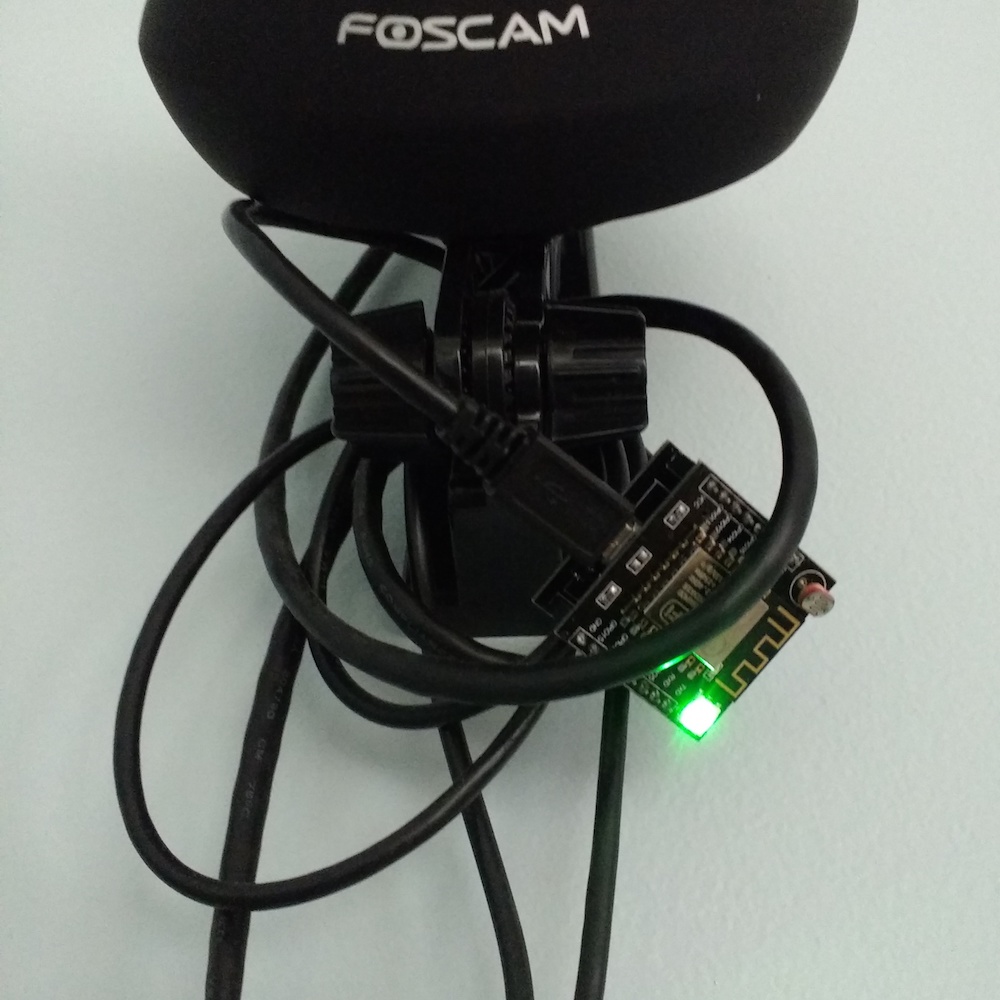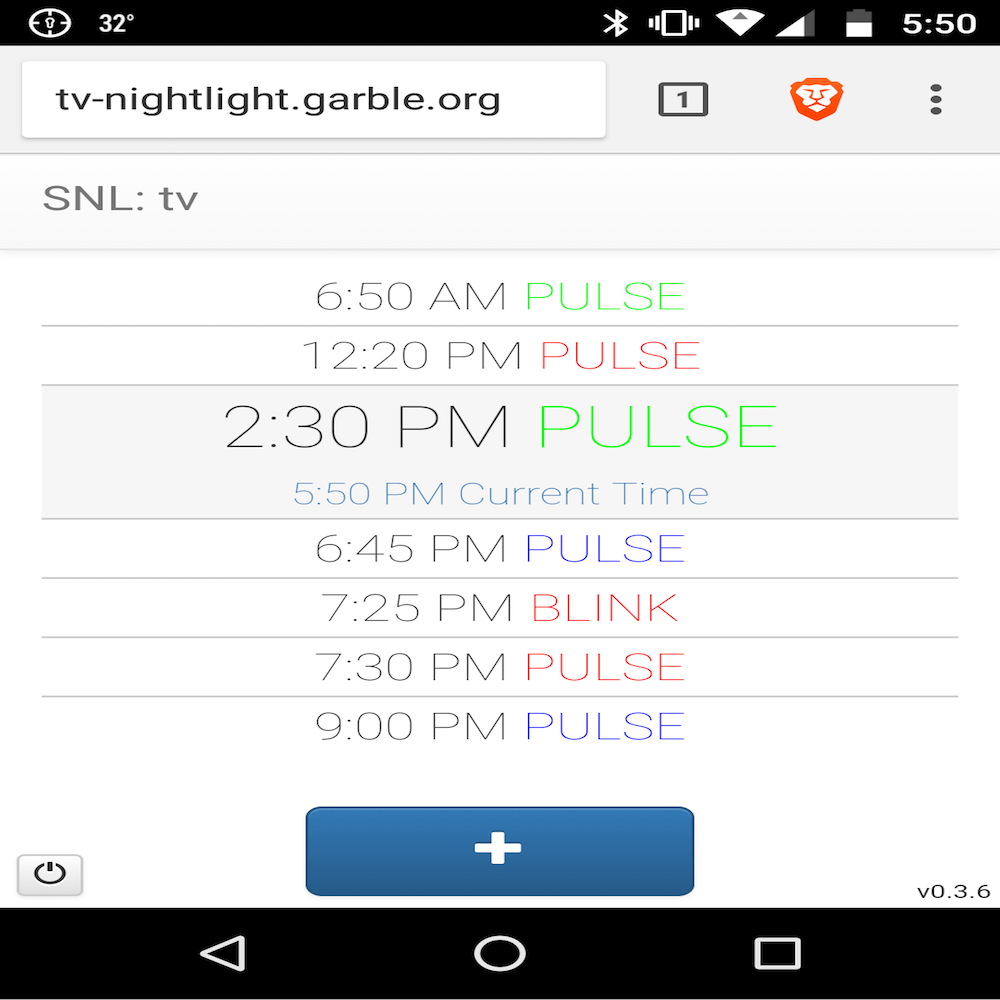KeenGlow™ Twinkle
When my daughter was a little over a year old, she started getting up and out of bed at 5am. She would get up, come wake my wife and I up and ask if it was time to get up yet. Little kids can't tell time, a clock wouldn't help. I live in Michigan, you can't rely on the sun as an indicator either. I looked around for a solution, but didn't like anything I found. Knowing my daughter knew her colors, I had an idea...
A few weeks later, I had this:
A hack, but it worked. And it worked great. I put another one in my son's room and another one near the TV. I released the code as open source. My wife wasn't too fond of how it looked, but she liked the results. All was good in the world.
Over the next few years, my wife kept telling other parents about my "invention". Many were interested in having it for their kids, but a "prototype" is not a product and I instead told them "maybe someday...". Since I'm a classically trained software engineer with prior experience developing products, I went about turning my prototype into a product: the KeenGlow™ Twinkle.
Design Goals
I designed the Twinkle to:
- Work without Internet.
- Be independent of any app or external company that could close or stop supporting it.
- Work over WiFi. Bluetooth pairing and range is a poor experience.
- Use a standard power interface. Remember the old days when every phone had it's own power cord? Life is better with standards.
- Be reasonably secure.
- Be easy to use.
- Be reliable. If it misbehaves in the middle of the night and the kids notice, that's a problem. (Yes, I know from experience during development).
- Be portable. The kids never sleep well away from home. Bringing this helps everyone have a better vacation.
- Be affordable. Other solutions are $50+.
Me
My name is Jonathan Poland. I’m a stay-at-home dad with two young kids and a background
in software engineering. I am passionate about family, software, security, and privacy.
Prior to having children, I spent 14 years as a founding engineer at
Arbor Networks, protecting 80 percent of the world’s
Internet service providers.



